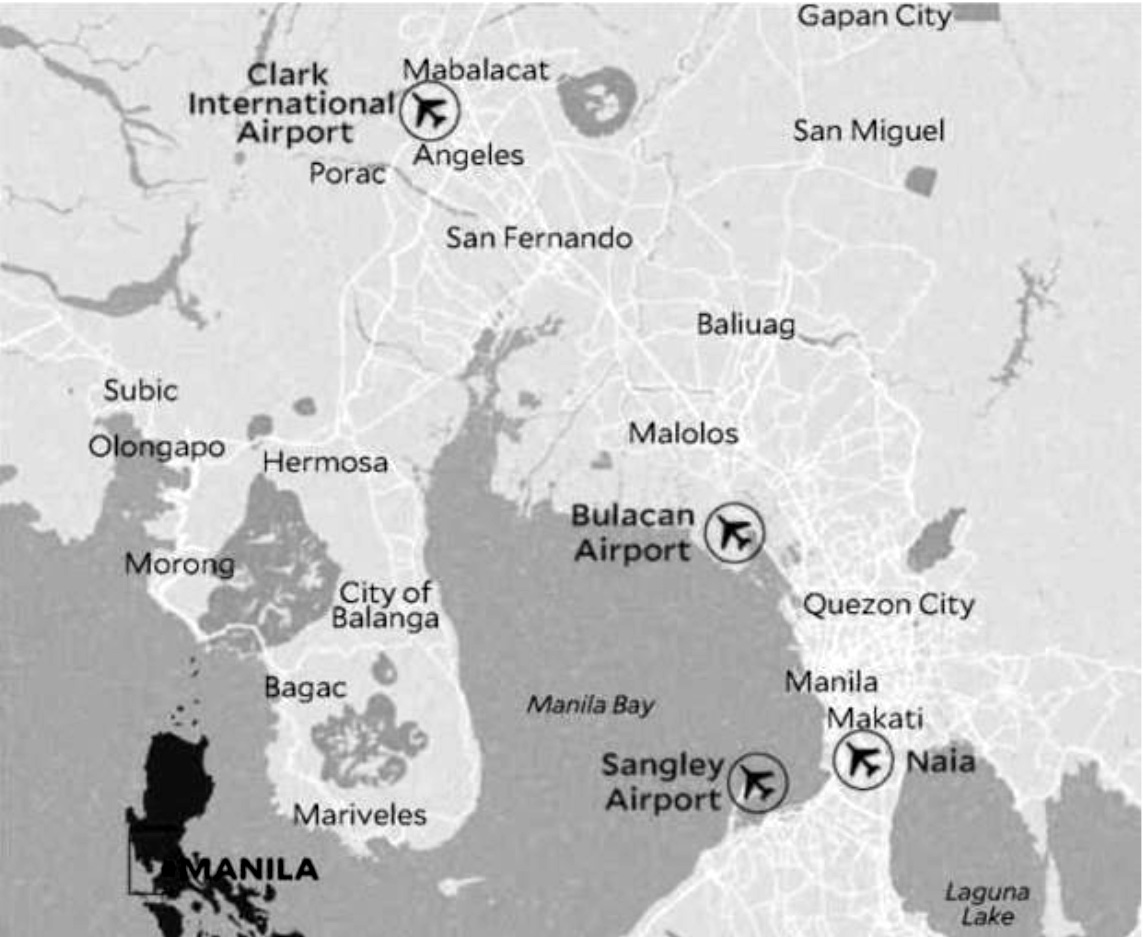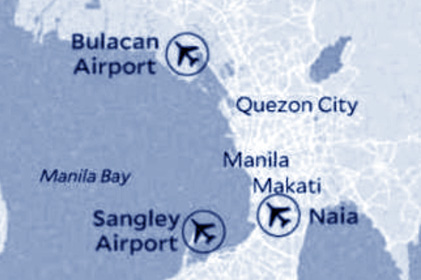As seen on the August 2019 issue of The Philippine Sentinel

Sangley Point was formerly a trading post for Spanish galleons until it became a military base once held by United States naval forces. If plans do not miscarry, the airport will open in November, this time to civilian aircraft under an urgent P486-million airport project. The intention is to decongest the over-crowded Ninoy Aquino Airport in Pasay City.
Cavite City residents feel that an airport will spur economic activity in the city where no progress had happened after the Americans left 48 years ago.
Within a few months from now, people expect to see private jets, fish runs (small planes delivering fresh seafood from the provinces), and cargo planes in and out of a peninsula jutting out into the Manila Bay. The intention is to handle domestic flights plus ferry trips that will reduce the 27-kilometer distance between Sangley and SM Mall of Asia in Pasay City into a mere 18-to-24-minute ride.
According to Malacañang Palace sources, President Duterte is in a hurry to transfer domestic flights to Cavite City. A recent lightning storm that struck and delayed dozens of flights at NAIA last June was apparently the main reason why construction is being rushed.
Since July, between 40 and 70 personnel have been working day and night, and government officials are optimistic they can finish the project on time.
Philippine Airlines, AirAsia and Cebu Pacific have made commitments to move their turboprops to Sangley. There are about 50 flights of general aviation a day at NAIA, competing with the bigger aircrafts for runway use and terminal slots at the airport.
Four options for Aircrafts

Aside from the Ninoy Aquino International Airport and the exclusive terminal owned used by Philippine Airlines, there is also the Bulacan Airport, the Clark International Airport in Mabalacat, Pampanga and the soon-to-be-completed Sangley Point Airport in Cavite City.
The single 2.4-km runway, built by the Americans after World War II, has been “rehabilitated” with a fresh asphalt overlay. Ω
